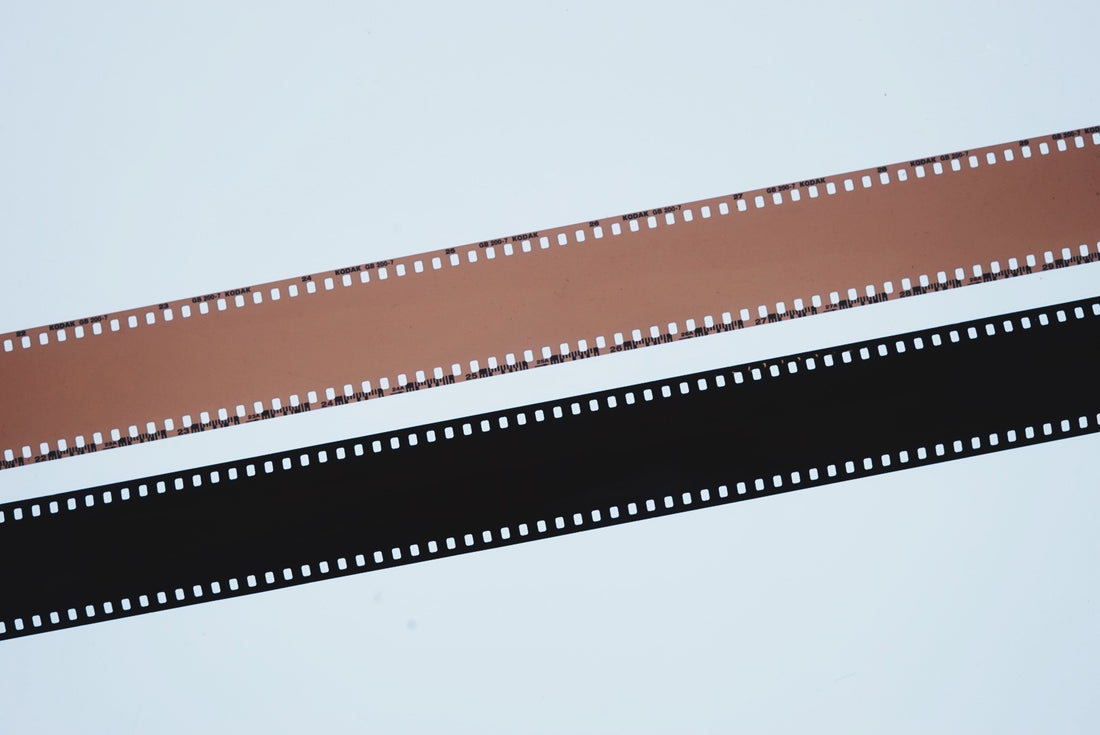Has your roll come back from the lab totally blank? Or are your photos all badly under/overexposed? It’s not at all uncommon and if anyone tells you they haven’t had one or all of these happen at some point, they’re either lying to you, or themselves.
So, how do you know what went wrong? First, and probably easiest of all is to ask the lab! Not every mistake can be figured out by looking at your film but like any good detective, looking at one of the main pieces of evidence can tell you a lot.

If your film doesn’t have any images on it and is transparent, that means no light has made it to the film, or so little that it is so underexposed that nothing has been recorded on the film. This means one of the following things: The camera is broken, the film wasn’t loaded correctly, the exposure settings were completely wrong or… you sent in a brand new, unused roll, oops! (Trust me, it happens!)

On the other hand, perhaps there are no images on the film but it’s completely opaque and looks totally black. This means that the film was exposed to so much light that the film is completely ‘fogged’. Film can only capture so much light, once it goes past its maximum then the film has no ability to capture anything meaningful and it will come out like this. The most common reason for this is that the camera has been opened before the film was rewound into the canister. The golden rule to remember is this: film is sensitive to light all the way up until it has been developed!
These are extreme examples, most of the time mistakes will be more subtle and a bit harder to identify, but usually it comes down to one of 2 things:
User error or camera error.

